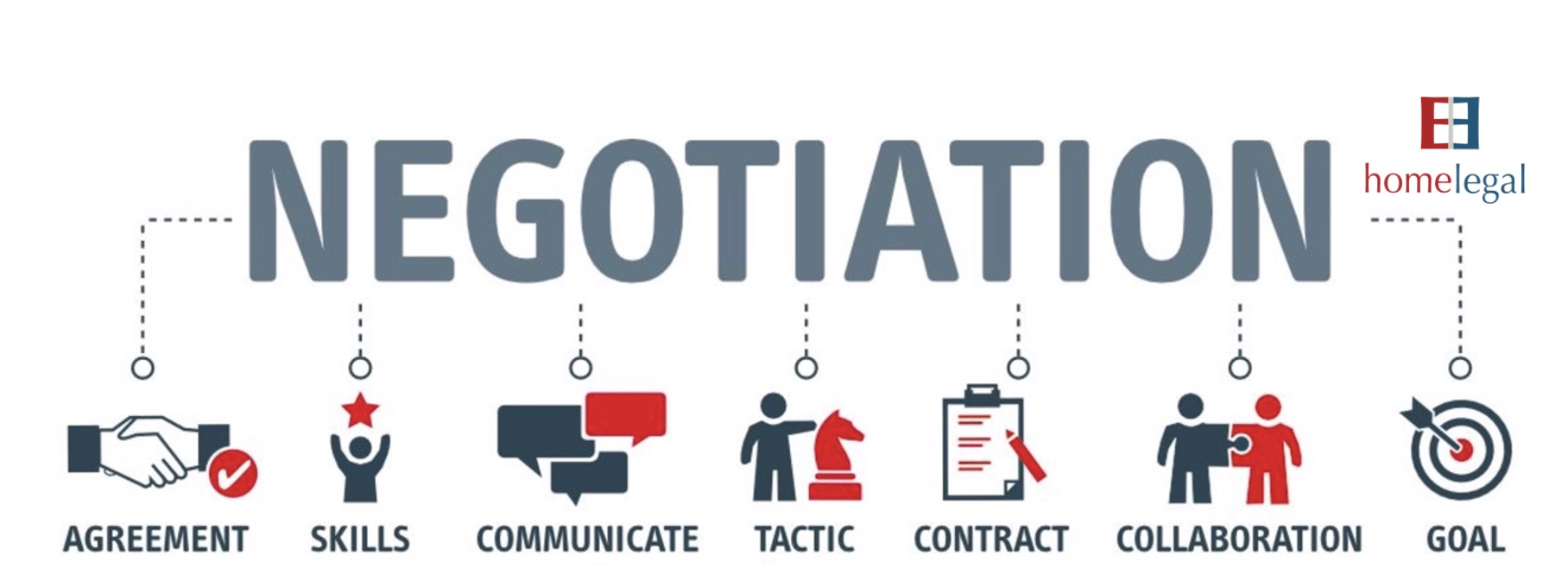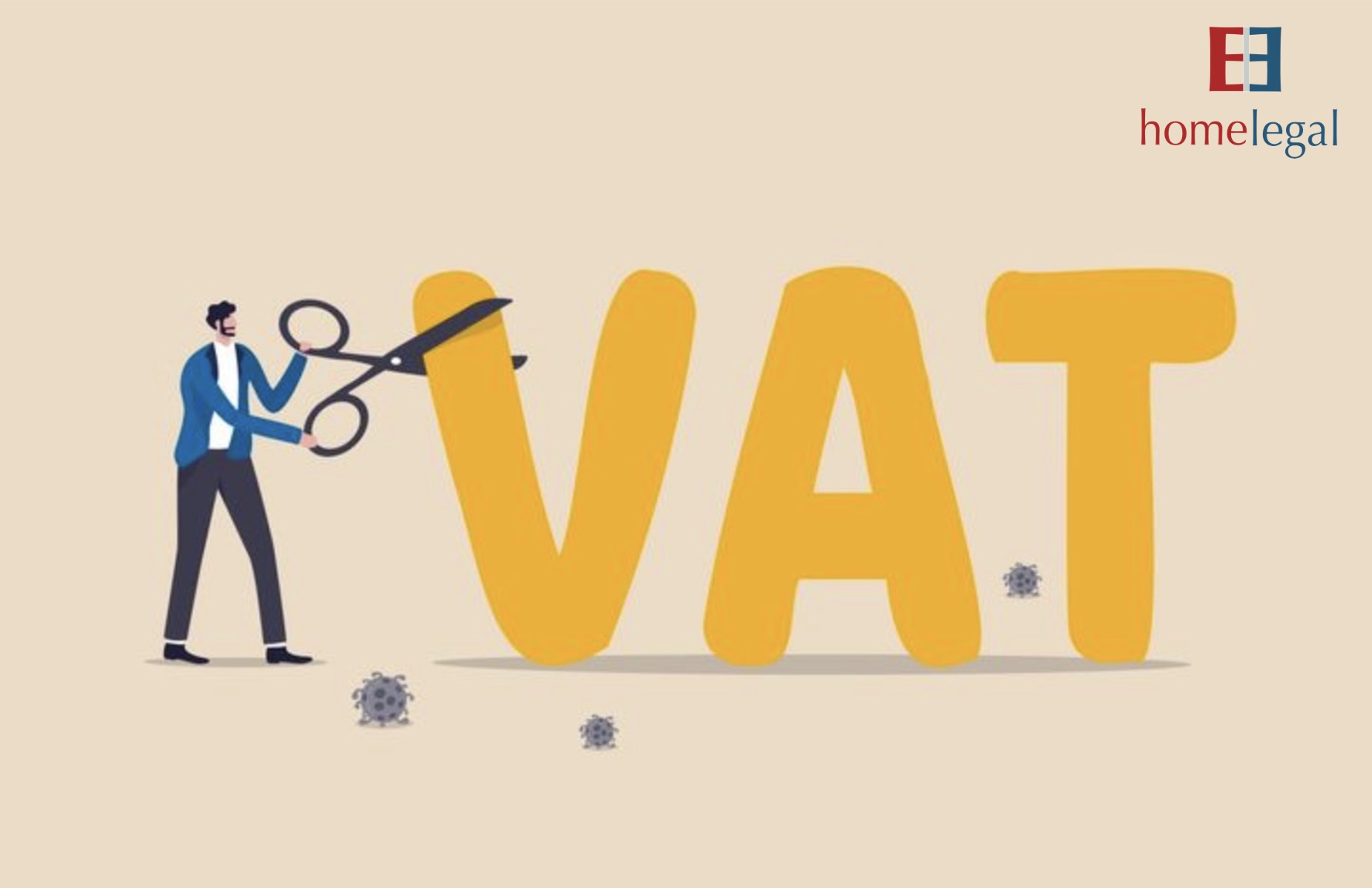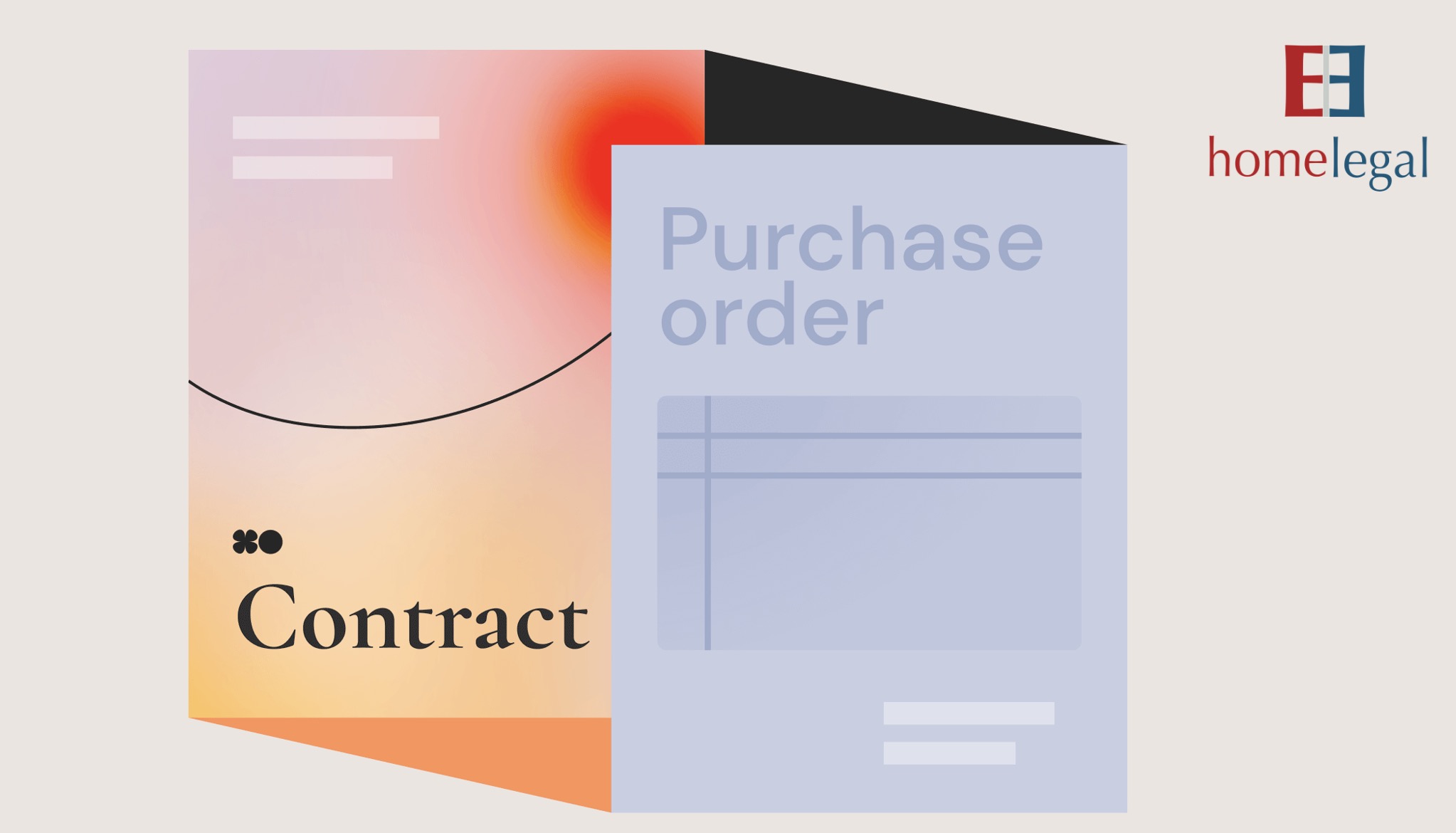Annual leave is the day on which an employee is permitted to leave work and continue receiving their full pay, as agreed or arranged by the employer.
Article 113.1 of the 2019 Labor Code specifies the current number of annual leave days for full-year employees as follows:
(i) 12 working days for employees performing the job under normal conditions;
(ii) 14 working days for minor employees, disabled workers, and individuals performing heavy, hazardous, and dangerous work;
(iii) 16 working days for employees performing extremely arduous, hazardous, and dangerous work.
If an employee has worked for less than 12 months, the number of annual leave days must be proportional to the number of working months.
Note: The number of annual leave days is increased by one every five years.
What if I have not taken all my annual leave?
In this case, the employee’s annual leave will be handled according to each of the following circumstances:
If the employer allows the employee to arrange annual leave on his/her own
If the employee does not take full annual leave, he/she will forfeit the remaining days and not be compensated, unless the employer provides otherwise. Thus, employees should maximize their annual leave days before the year ends.
If the employer arranges annual leave for the employee:
- If the employer arranges a sufficient number of annual leave days for the employee, the employee shall take annual leave according to the arranged calendar.
- If the employer does not arrange enough annual leave days, the employer must pay the employee at least 300% of the salary calculated according to the salary unit price or the actual salary paid according to the job, excluding the annual leave salary, for the annual leave days that the employer did not arrange.
(ii) If the employee did not take annual leave due to job loss or termination:
Article 113.3 of the 2019 Labor Code requires employers to pay for untaken annual leave days in the event of job severance or loss.
The employee and employer may agree to carry over annual leave from the previous year.
How will the company be punished for violating regulations regarding annual leave?
According to Labor Code 2019 Article 113.4, the employer must consult and notify the employee before setting the annual leave schedule. However, to accommodate employees' leave needs, the annual leave schedule is often flexible.
According to Article 18.2 and Article 6.1 of Decree 12/2022 ND-CP, an enterprise that violates weekly or annual leave or public holidays will be fined between VND 20 and 40 million.
The employer is also liable for compensation if it fails to pay the employee's salary in full or during the annual leave days when the employee resigns or loses his/her job. Article 17.2 and Article 6.1 of Decree 12/2022/ND-CP set a VND 100M fine for violating employee rights.
How many days of annual leave does an employee have?

Bài viết cùng chủ đề: Legal Knowledge Center
-
ELECTRONIC ARBITRATION - TAKEAWAYS
-
Debt recovery by lawsuit in court
-
How many days of annual leave does an employee have?
-
10 ĐIỀU CẦN TRÁNH KHI ĐÀM PHÁN
-
THE VAT RATE WILL RETURN TO 10% ON JANUARY 1, 2023
-
LUẬT SỞ HỮU TRÍ TUỆ 2022 VÀ MỘT SỐ ĐIỂM NỔI BẬT VỀ QUYỀN TÁC GIẢ
-
What is e-commerce contract?
-
Features of e-commerce contracts
-
E-commerce contracts - Classification
-
ChatGPT and Its Revolutionary Impact on the Legal Profession in Vietnam
-
ChatGPT and Its Revolutionary Impact on the Legal Profession in Vietnam
-
CONDITIONS TO RECOGNIZE THE VALIDITY OF E-COMMERCE CONTRACTS
-
PART 5: RISKS ASSOCIATED WITH E-COMMERCE CONTRACTS
-
E-COMMERCE CONTRACTS UNDER THE LAWS OF VIETNAM
-
CONTRACTS vs PURCHASE ORDER: SIMILARITIES AND DIFFERENCES
-
Part 1: Contracts for the Sales of Goods: Definition & Types
-
Arbitration as an Option for Land-Related Commercial Disputes: Insights on the Latest Draft Land Law in Vietnam.
-
Government Issues New Regulations on Corporate Bond Issuance
















